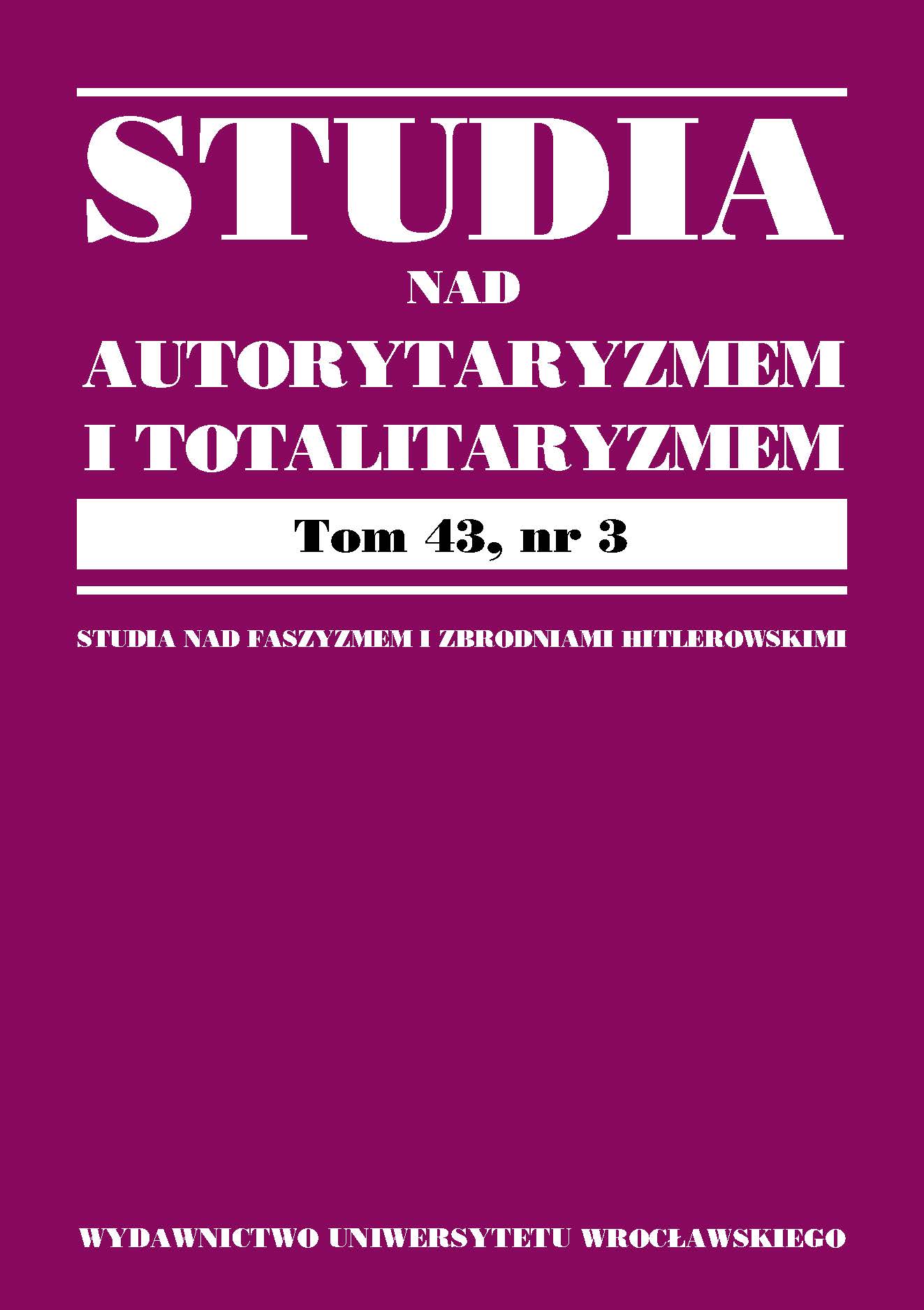

Articles

The Polish People’s Republic is a matter of the past, but not entirely. Finally, nolens volens, the current version of our old statehood is its continuation, manifested in numerous formal solutions. This is in an evident manner a republican form of statehood and a democratic system. Similar to the Stalinist Constitution of 1952, it was called a people’s democracy, but from 1976 a socialist democracy as the effect of changes in the written Ius Supremum. In the political practice, after partial totalitarianism came authoritarianism. Before 1980, there were no changes in the institutional state power system. Theoretically, the first in this structure was the Sejm — the official emanation of the Volonté Générale. The collective head of the state was the State Council with a more republican identity than the contemporary president. The Council of Ministers actually has the same shape as before 1989, as well as the parliamentary cabinet system of government. In similar situation are: the Supreme Court, the Administrative Court, the Constitutional Court, the State Tribunal, the Ombudsman, and the Supreme Chamber of Control. Their identity and philosophy of action are similar to the socio-political reality from before the system transformation, mythologized in many aspects.
This does not mean that it is fiction. Its result, according to the ancient nomenclature, was the transformation of socialist democracy into bourgeois people’s rule. Actually, we rather talk about the transition from “communism” or totalitarianism to liberal democracy. But Marxist-Leninist classics claimed that communism will be a post-state society without class opposites. Finally, in the Polish People’s Republic real socialism existed, with partial totalitarian character, replaced shortly after Stalin’s death by authoritarianism, which in the socio-economic and cultural spheres tolerates spontaneous manifestations of activity, without inspirations of the authorities, its culmination being in the time of the several-month-long “Carnival of Solidarity”. The Gdańsk Agreement we can understand as a social agreement, later transformed into the Round Table Agreements. After the continuation of these events it is possible to find on the constitutional ground in 1989, and then in 1997, when the new, formalized and complete Highest Law was created, as a formal recapitulation of political transformation.
So we observe the mild transition of the Polish People’s Republic into the Third Polish Republic. The first one does not exist in the text of the actual Constitution, but it is impossible to not see a certain continuity. In the situation of the important difference between the two forms of our statehood — old and new — probably in the case of a system transformation there significant revolutionary accidents would have been unavoidable, but they have not happened. Parliamentary democracy was liberalized, which manifested in in the replacement of Gierek’s famous slogan of moral and political unity with the conviction that an official electoral struggle for power between parties is necessary. The second important change in the political sphere is the greater consideration of Montesquieu’s dogma concerning the division of state power. Other changes are less significant. Also, the republican democracy has maintained its fundamental identity, although the system of institutionalized rule had changed.